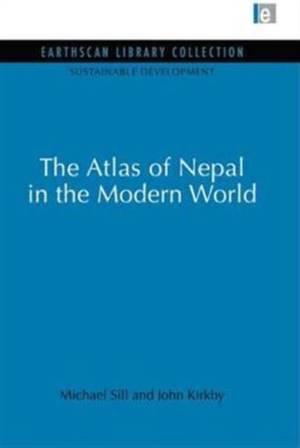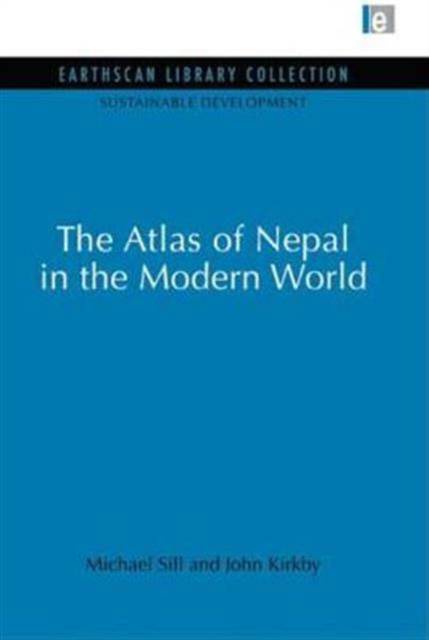
- Afhalen na 1 uur in een winkel met voorraad
- Gratis thuislevering in België vanaf € 30
- Ruim aanbod met 7 miljoen producten
- Afhalen na 1 uur in een winkel met voorraad
- Gratis thuislevering in België vanaf € 30
- Ruim aanbod met 7 miljoen producten
Zoeken
€ 20,45
+ 40 punten
Omschrijving
Nepal is associated, in most people's imagination, with Everest (Sagarmatha to the Nepalese), vivid plants and picturesque villages and people. The truth, as always, is other. It is one of the poorest countries in the world, surrounded by big and powerful neighbours. It is immensely diverse, ranging from the great mountains to the north through the trans-Himalaya, a high barren plateau, through the deep valleys, which include the one which contains the ancient cities of Kathmandu, Patan and Bhaktapur, to the Terai which is an extension of Ganges plain. This atlas describes not only the complexity of the environment, but the people, the languages, the towns and industries, the agriculture, food and land management, the natural resources, the effects of tourism, sources of energy, transport and education policies. Originally published in 1991
Specificaties
Betrokkenen
- Auteur(s):
- Uitgeverij:
Inhoud
- Aantal bladzijden:
- 164
- Taal:
- Engels
- Reeks:
Eigenschappen
- Productcode (EAN):
- 9780415846141
- Verschijningsdatum:
- 14/02/2013
- Uitvoering:
- Paperback
- Formaat:
- Trade paperback (VS)
- Afmetingen:
- 156 mm x 234 mm
- Gewicht:
- 240 g

Alleen bij Standaard Boekhandel
+ 40 punten op je klantenkaart van Standaard Boekhandel
Beoordelingen
We publiceren alleen reviews die voldoen aan de voorwaarden voor reviews. Bekijk onze voorwaarden voor reviews.











